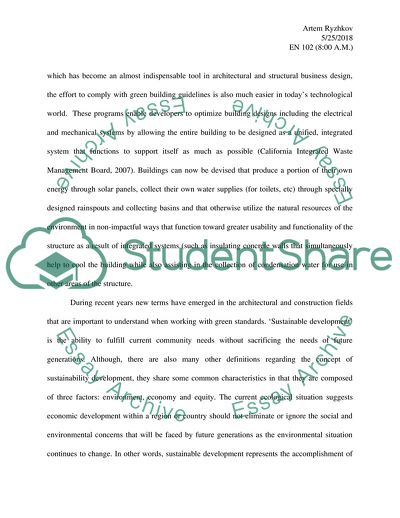Cite this document
(Green Building Technology Coursework Example | Topics and Well Written Essays - 2750 words, n.d.)
Green Building Technology Coursework Example | Topics and Well Written Essays - 2750 words. https://studentshare.org/technology/1708238-green-building-technology
Green Building Technology Coursework Example | Topics and Well Written Essays - 2750 words. https://studentshare.org/technology/1708238-green-building-technology
(Green Building Technology Coursework Example | Topics and Well Written Essays - 2750 Words)
Green Building Technology Coursework Example | Topics and Well Written Essays - 2750 Words. https://studentshare.org/technology/1708238-green-building-technology.
Green Building Technology Coursework Example | Topics and Well Written Essays - 2750 Words. https://studentshare.org/technology/1708238-green-building-technology.
“Green Building Technology Coursework Example | Topics and Well Written Essays - 2750 Words”. https://studentshare.org/technology/1708238-green-building-technology.


